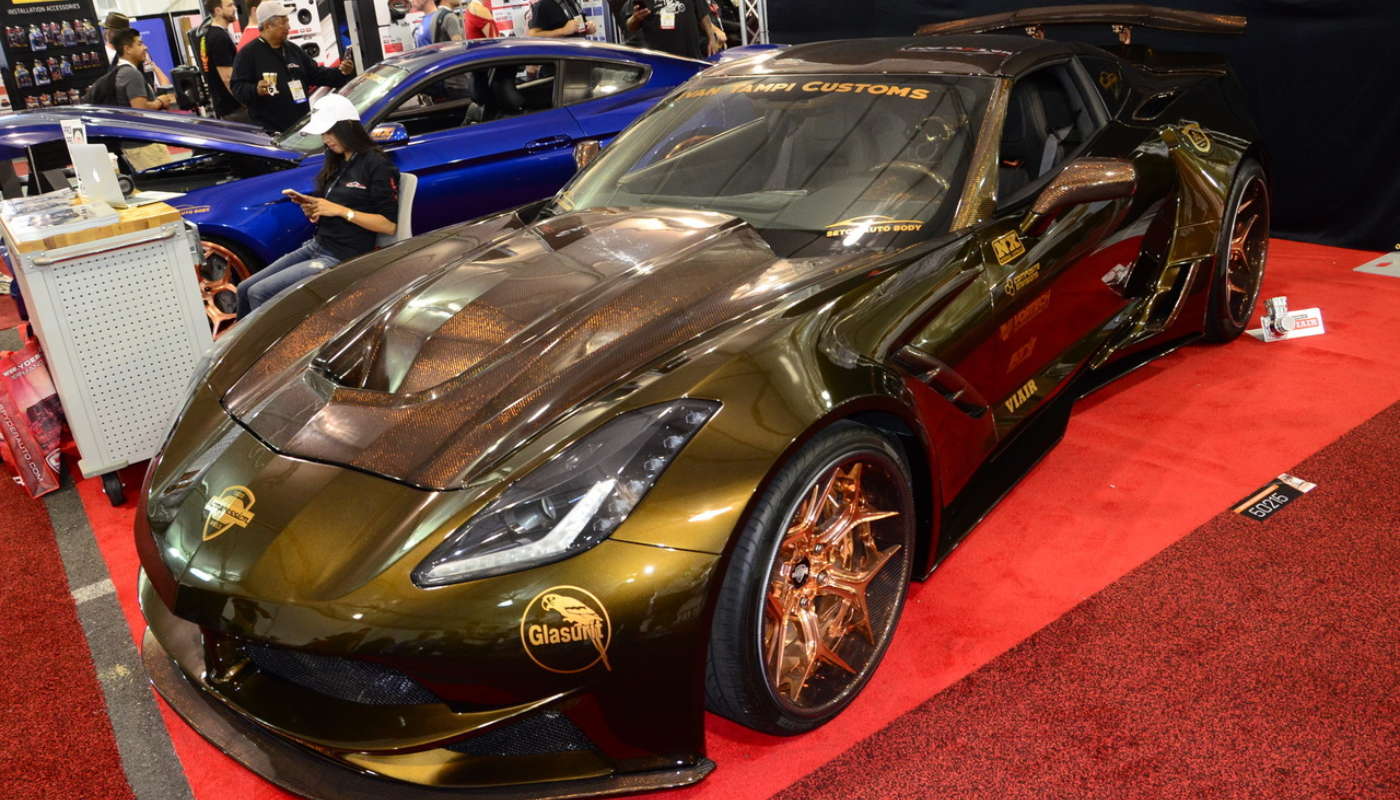
Composite Conundrums
Each issue of ReinCarNation typically has a dominant theme or overall emphasis, be it steel-body replicas, engines, chassis designs, or whatever. This particular issue highlights various aspects of advanced composites. But with a caveat: Car bodies aren’t as advanced as, say, a carbon fiber stealth fighter or blades on a wind turbine. True, many race cars have a carbon fiber tub as a structural element. But why don’t we see advanced composites on many replicas and other specialty cars?
The one-word answer is both simple and obvious: price. This material can double or even triple the cost of a composite laminate.
My longtime associate John Washington, who makes body conversions for both Datsun Z-cars and the BMW Z3 (the Velorossa and ZGT, respectively), shared a few thoughts on this subject with me recently. He knows of what he speaks, with a background in aeronautical engineering, among other pursuits. He does offer carbon fiber components, since they can be laid up in the same molds used for his standard, marine-grade laminates. John points out, however, that most customers who want carbon require clear gelcoat with a perfect weave alignment. As noted in one of our DIY stories in this issue (“Carbon Components”) on Factory Five Racing’s composite parts, an even alignment of fibers can be a real challenge due to the loose weave of the material.
In addition, John adds, there isn’t much advantage from a strength/weight perspective. The real enhancements are seen with vacuum-bag molding and/or autoclave (pressure and heat) molding, which drive down the resin content, thus reducing weight. But those drive the cost up even more.
Truth be told, most manufacturers who are building “carbon” parts are using a skin of woven carbon fiber cloth solely for appearance, and the bulk of the layup is fiberglass. Not that there’s anything wrong with that, and even John is considering carbon-skinned parts for his ZGT.
Undeterred by these seeming drawbacks to carbon composites, I did some digging in anticipation of this issue and came across many more companies than expected that supply products with advanced composites. Wheel companies such as Forgeline Motorsports, Litespeed Racing, and Emergent are all offering stronger yet lighter rims made, at least in part, of carbon fiber. Large carbon fiber body panels are available from Speedkore Performance Group, Sankuer Composite Technologies, Carbon Creations and Anderson Composites as well. Given this increased presence of composites in the auto market, look for more features in upcoming issues.
One of the more intriguing and visually surprising ones is from Ivan Tampi Customs. While known for his wide-body Corvettes, Mustangs and other conversions, his latest project displayed at the SEMA Show was a C7 Stingray covered with copper-colored carbon fiber. Just about every square inch of the car had some of this brightly colored fabric on it, both inside and out. While this sort of treatment might not be to everyone’s taste, it proves that not all carbon fiber has to come in basic black. Which just might lead to more applications of the material on car bodies.
Steve Temple
editor@rcnmag.com

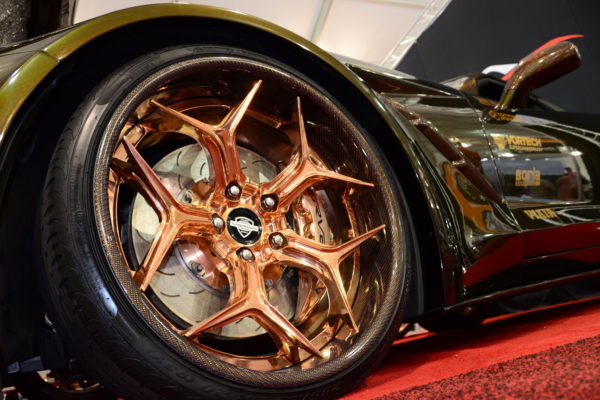
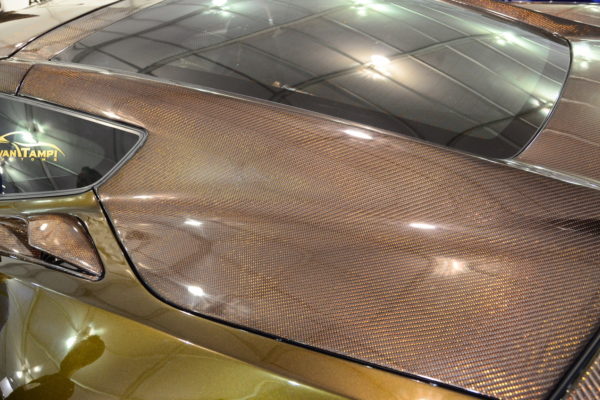
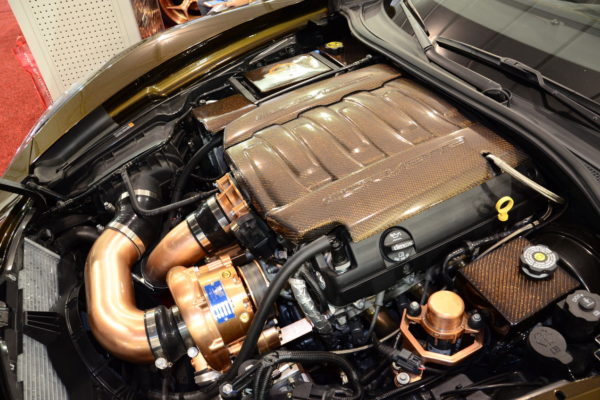
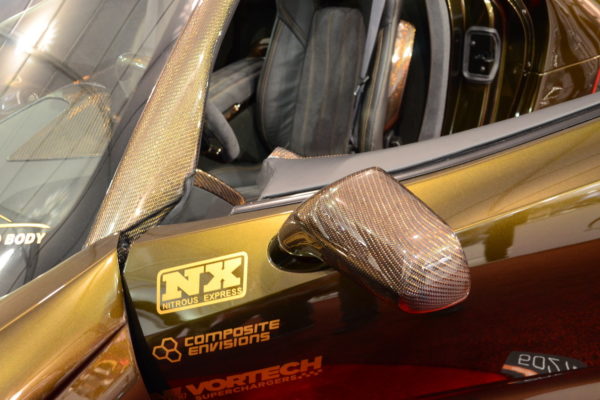
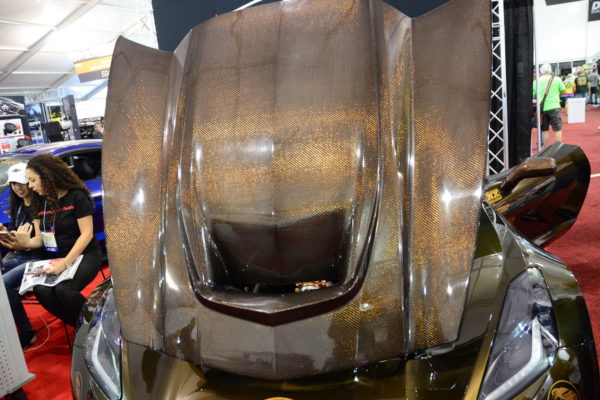

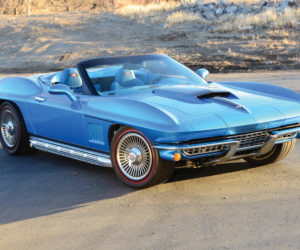
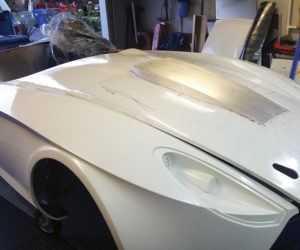
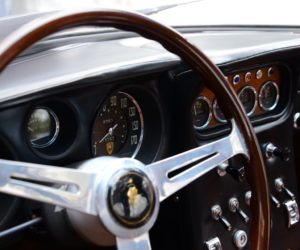
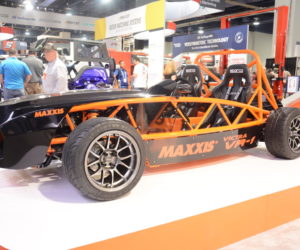
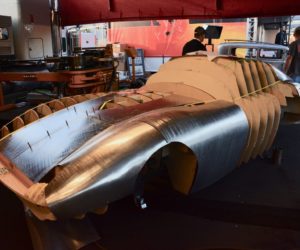




Comments for: Composite Conundrums
comments powered by Disqus